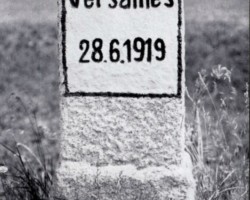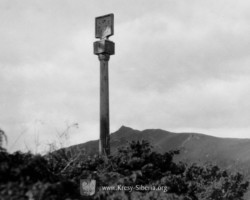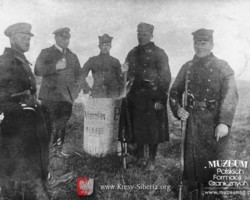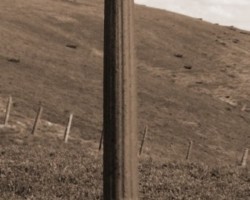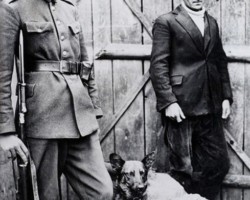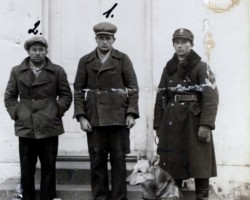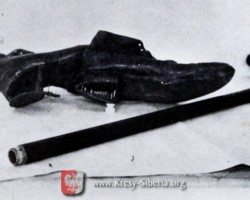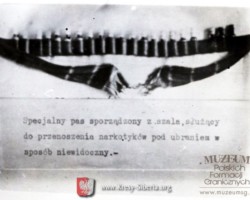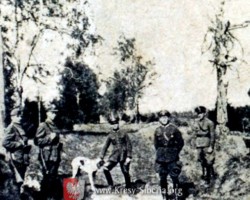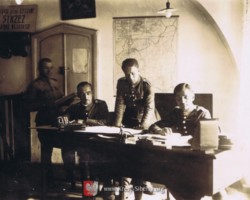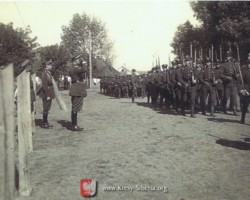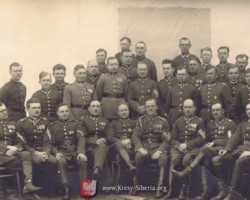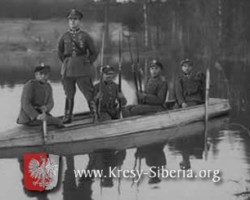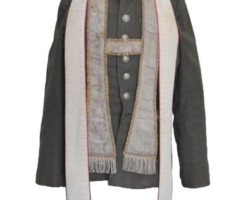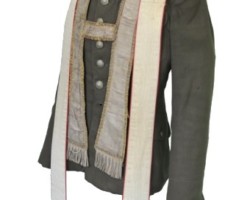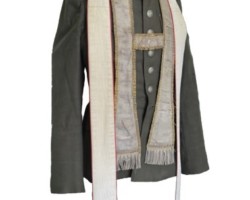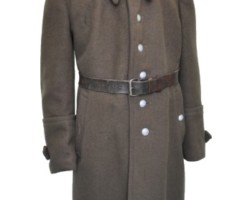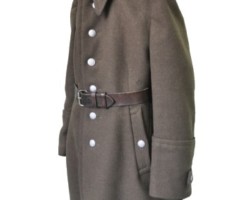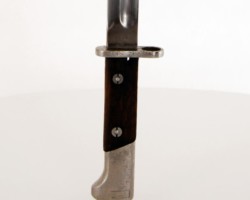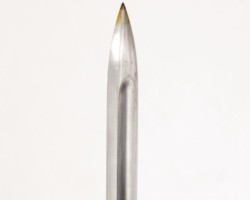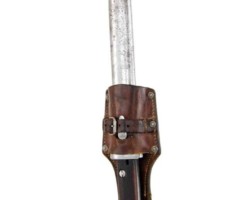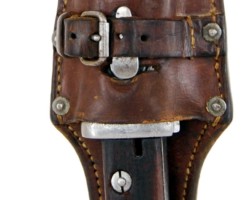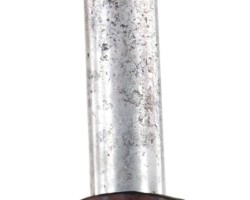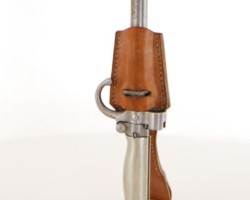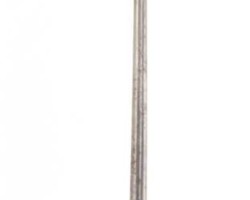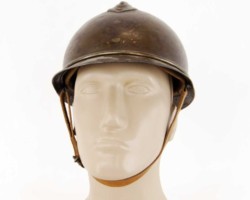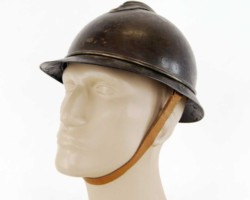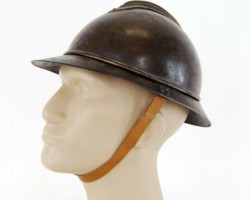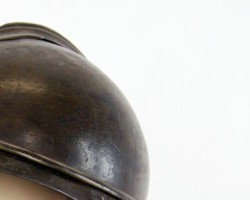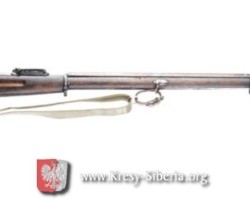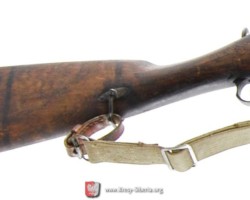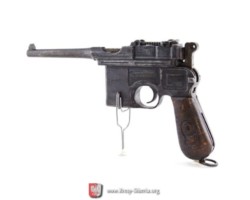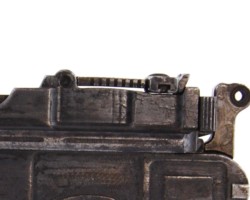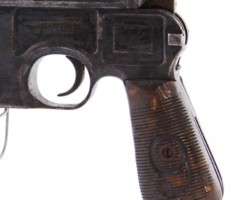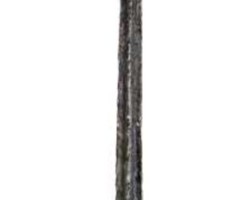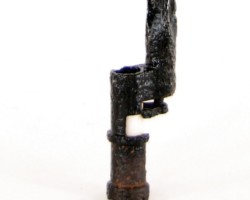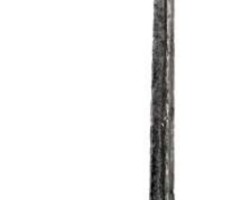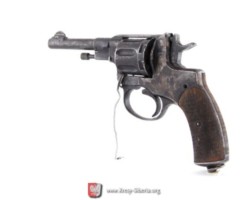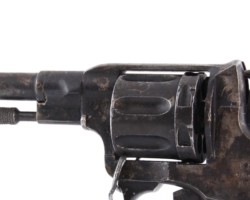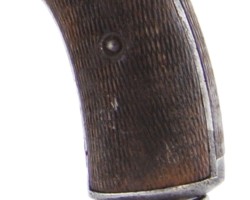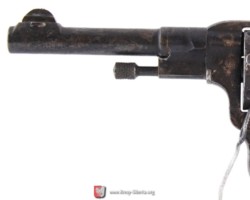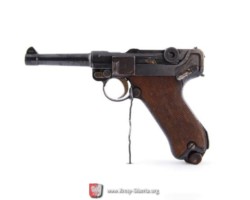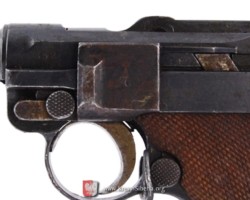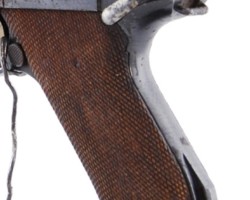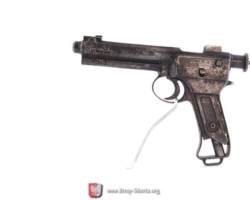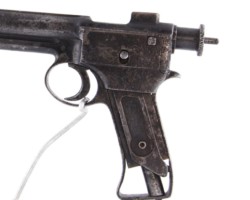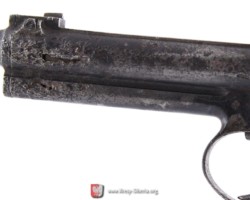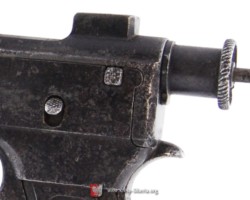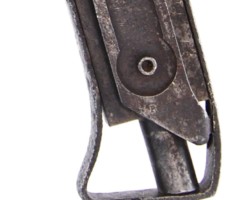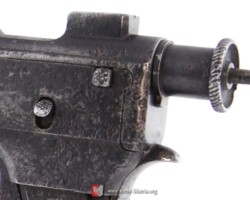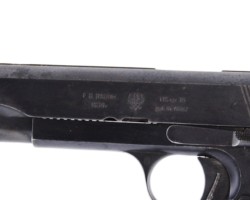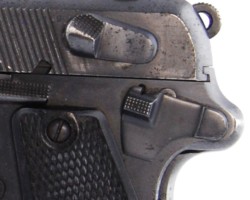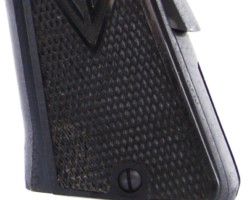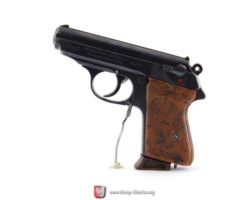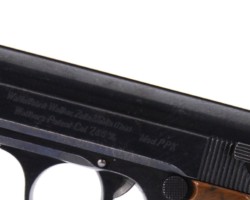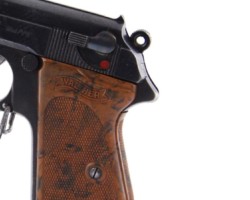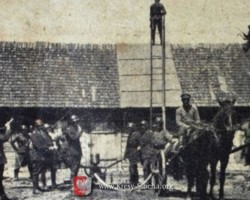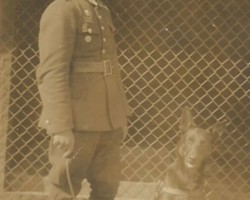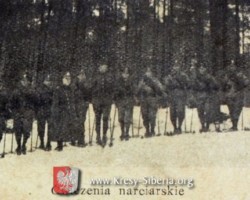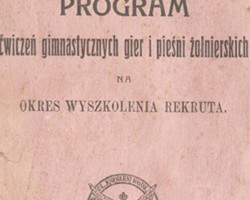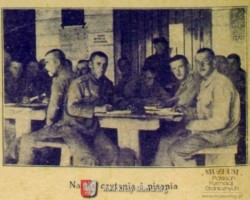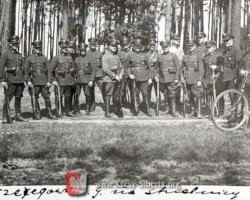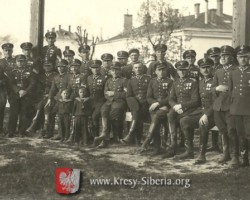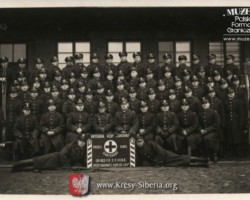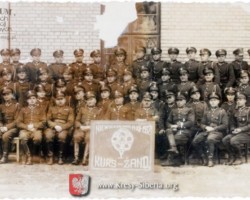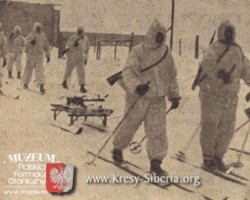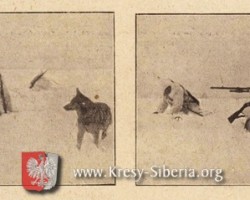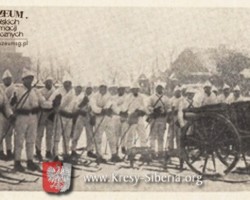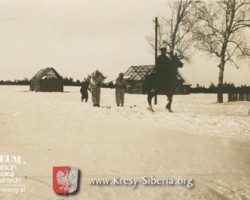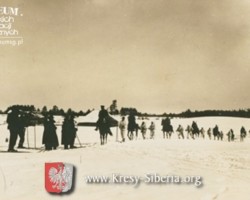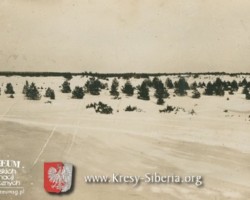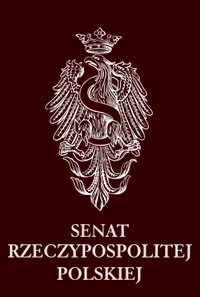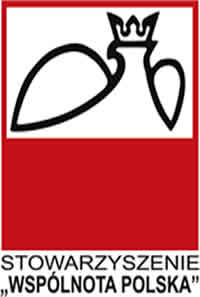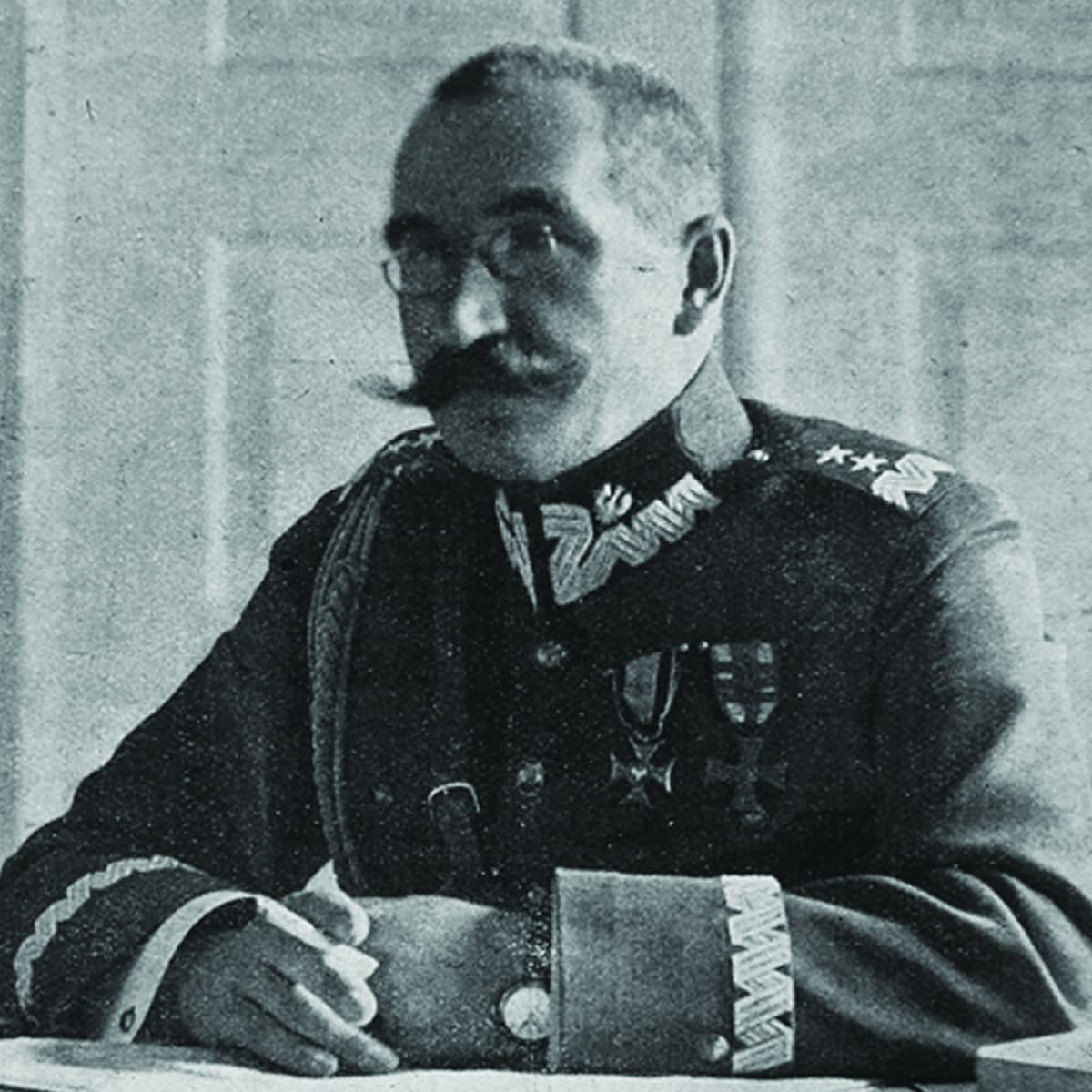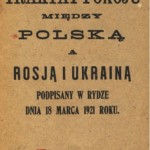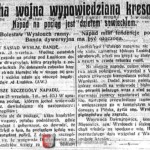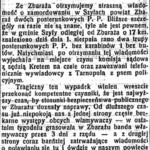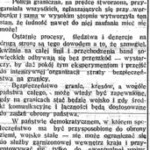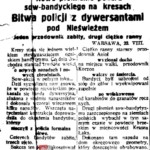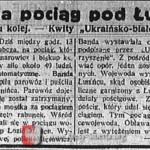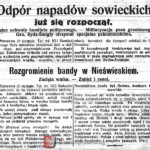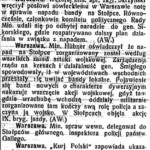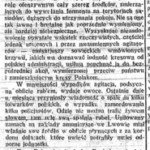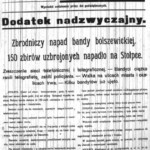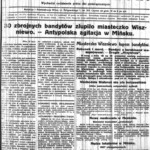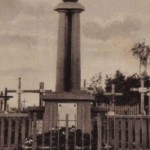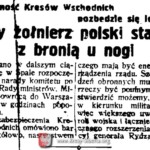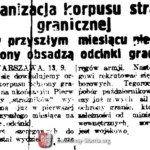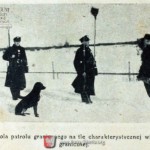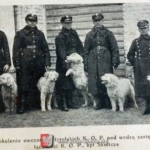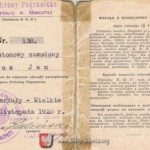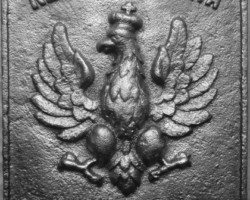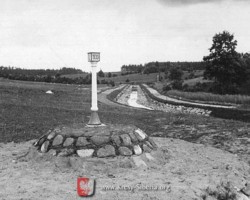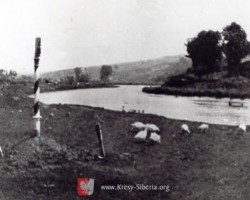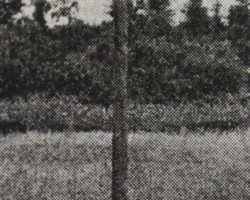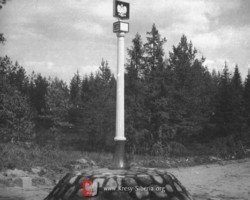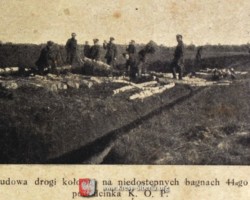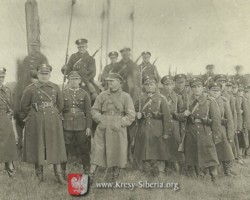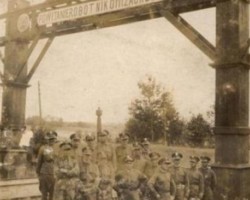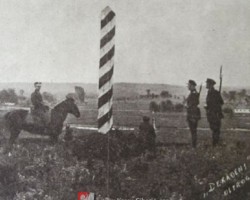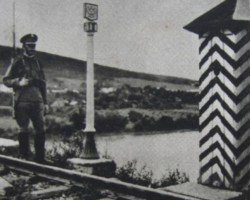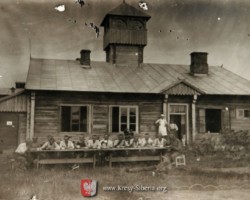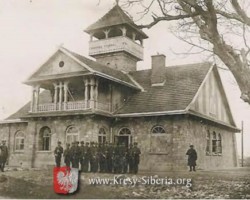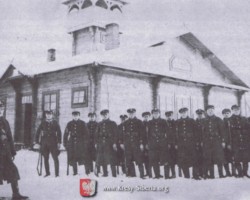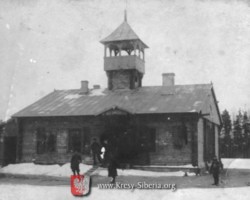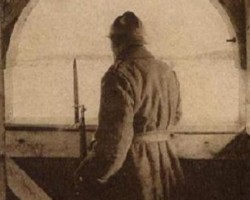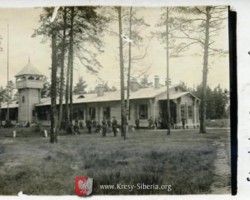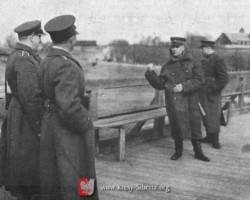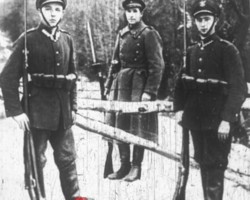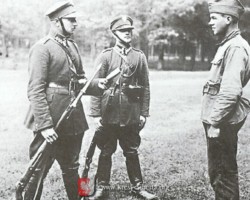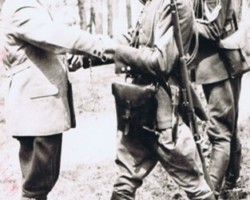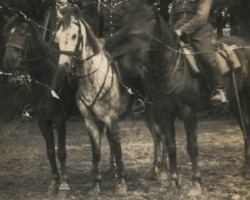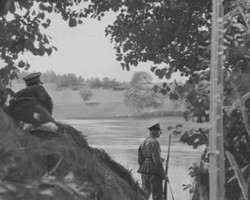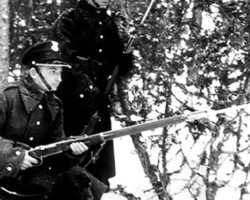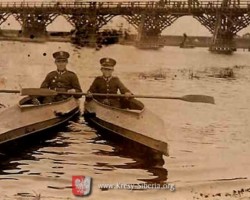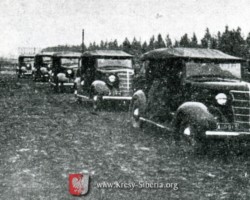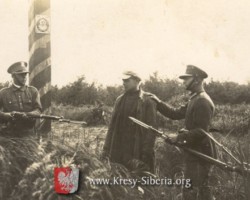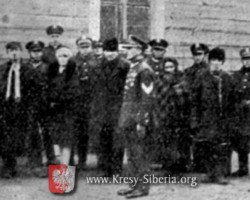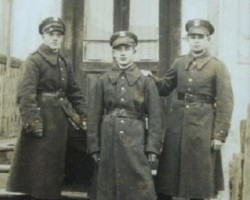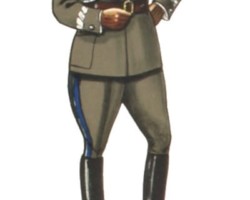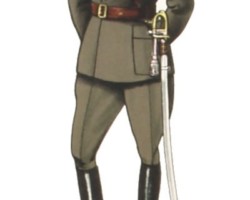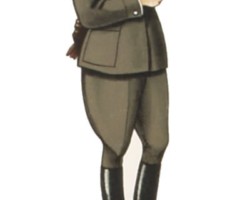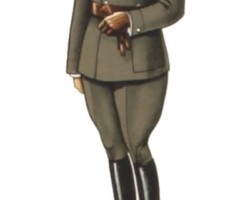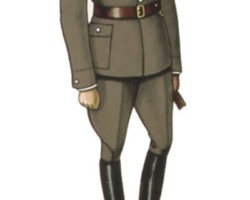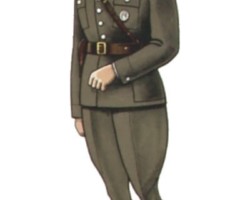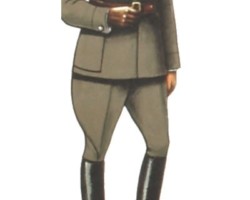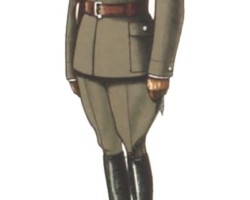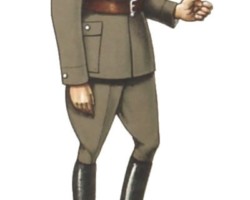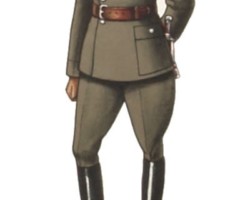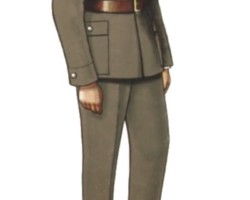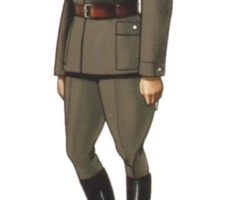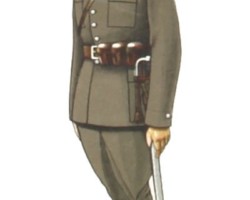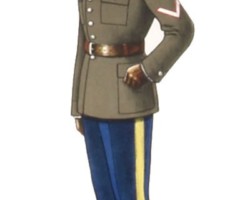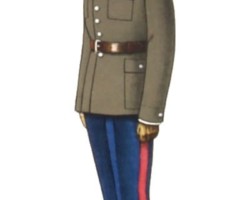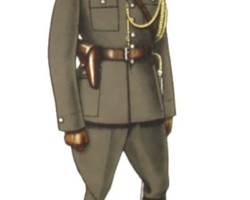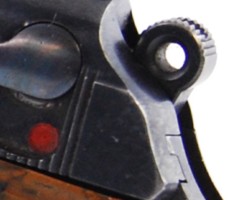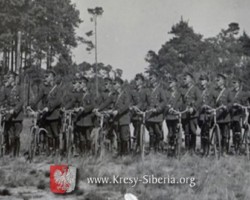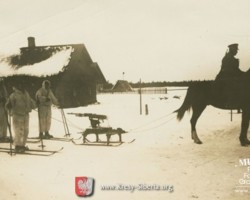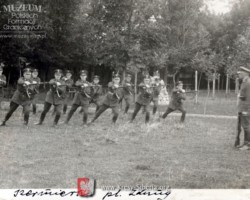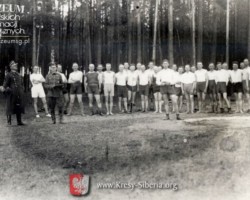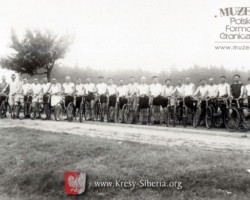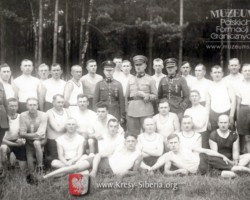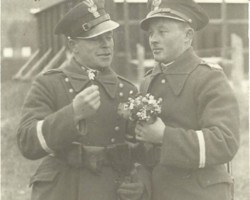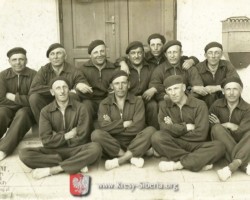Polish Border Protection Corps Timeline
Re-birth of the State
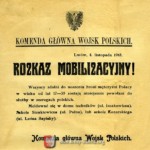
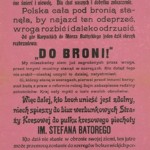

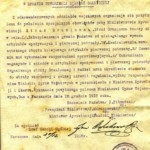
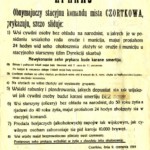
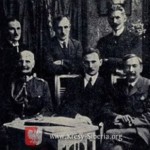
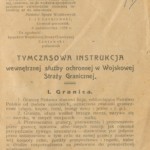
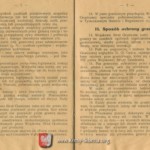
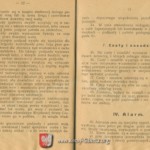
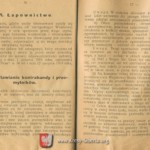
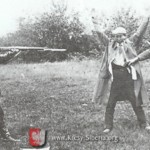
Dangerous Border
SECURING THE BORDERS OF A YOUNG STATE
Rebuilding after the partitions, the Polish state faced the difficult task of securing its borders. As early as October 1918, preliminary steps were taken by establishing the Economic and Military Guard. Its main goal in the first post-war months was to stop the mass export of food products. Due to organizational and logistical difficulties, it failed to cope with the tasks set before it.
This situation forced the authorities of the newly reborn Republic of Poland to rethink the concept of the border protection system. As a result of the work, it was decided to establish a new formation – the Border Guard. When looking for a proper organizational model for it, the solutions applied by the former partitioning states were taken into account. The creators of the Polish border protection system decided to use the knowledge and experience of Polish soldiers and officers serving in the border formations of Austria-Hungary, Russia and Germany. Taking into account the political situation at the time, the unregulated and uncertain fate of Poland’s borders, the Ministry of Military Affairs decided on the Russian model of border protection. Forming border services based on the models of a military organization gave a greater chance of effectively securing the country’s interests in economic as well as politico-military terms.
The first legal act regulating the process of creating a new formation, as well as defining its goals, was the Provisional Decree on the creation of the Border Guard, published in the Journal of Laws on December 18, 1918. Under it, a new border formation was created from the military units delegated to the Ministry of Supply. . The issues of military and sanitary protection were regulated by separate provisions and regulations developed in the same year by the Ministry of Military Affairs in agreement with the Treasury and Provision Ministries.
An inter-ministerial commission appointed for this purpose, attended by the head of the Ministry of Military Affairs, Colonel Wroczyński, Minister of Provision Minkiewicz, representative of the Ministry of Treasury, Dr. Korta, Col. Małyszko, Col. in military matters – the Ministry of Military Affairs, the tasks performed – the Ministry of Supplies. Under the regulations, the formation was financed from the budget of the Ministry of Military Affairs and at any time, depending on the needs of the Supreme Command of the Polish Army, could be used in military actions. In matters of the organizational and full-time structure of the Border Guard, the decisions were made by the Chief of the General Staff …
DANGEROUS BOUNDARY
In the first years of the reborn Polish State, relations on the eastern border were in a state of constant boiling. People demoralized by a long war, heated social and national relations, all this made the service of the formation responsible for border protection extremely difficult. From 1919, the protection of the border was carried out successively by: border gunners until 1920, then sentry battalions, which were transformed into customs battalions, and by 1924 the State Police (the so-called border companies). the scale of the soviet diversion. There were numerous robberies on farms, villages, manors, towns, terror and smuggling flourished, buildings were consumed by fires, and there were even attacks on trains. As Juliusz Ulrych wrote in 1925: “The Soviets took the intention to seize, already in times of peace, the eastern areas of the Commonwealth as their foreground for the fight, where the sphere of influence of the Russian statehood would dominate the sphere of influence of the Commonwealth. Hence the enormous activity of diversion. Preparations for the organization of large-scale communist eggs and conscious support for the hidden in various forms “banditism”. The peak of criminal activity falls in the summer and fall of 1924. At that time, a bandit attack took place on the town of Wiszniew in the Wołożyn district, carried out on the night of 18/19 July by a group of about 30 armed people – including machine guns. During the several-hour raid, the town was completely robbed and the plundered property was taken across the eastern border. During the skirmish, the commander of the district police in Wołożyn was killed. carried out by a detachment of 150 people, consisting of 4 platoons, each of which, in addition to equipment with rifles and grenades, had 3 machine guns. Each attacker had 130 rounds. Several captured bandits testified that they were trained for this purpose in Minsk by Soviet officers Subsequent actions were carried out in Volhynia (…) The robbers with a herd of the best mounts escaped beyond the eastern border with impunity. A bold train robbery was carried out near Lunin, in which Stanisław Downarowicz, the voivode of Polesie, Bishop Łoziński, senator Koniecouch and the commander of the district police were riding. Train passengers were robbed, and the gang leader handed the train manager a receipt signed: “Ataman Trofim Kalinienko, Timkovichy Headquarters, September 24, 1924”. Most of the bandits escaped from the Polish pursuit to the Soviet side, the rest scattered on Polish territory. (…)
THE SOVIET BORDER PROTECTION SERVICE
One of the most important, from the point of view of the interests of the Second Polish Republic, tasks of the Border Forces of the USSR was their intelligence activities. It was concentrated within the Secret-Operational Section, constituting a special department of the Border Forces command, conducting shallow offensive intelligence, counterintelligence, as well as broadly understood activities in the field of public security, whose tasks included the fight against counter-revolution, smuggling, economic crimes and loyalty control. soldiers and local people. Border checkpoints and detention centers were also subordinated to the Secret Operational Section.
One of the most important tasks of the Secret – Operational Section was to control the border zone in Poland in terms of information. This activity consisted in collecting data on PEC units, their location, organization, job structure, mobilization plans as well as supplies and personnel. The section also conducted reconnaissance activities in relation to military units stationed near the border and intelligence activities regarding the entirety of political, economic and social relations in Poland, paying particular attention to the functioning of the administration and police authorities.
The section also conducted an offensive interview. Its purpose was, first of all, to decipher the espionage activity carried out against the USSR by neighboring countries in order to combat it effectively on its own territory, but also to massively demoralize the border population in neighboring countries. In this activity, minority issues, the poverty of the local population and their dissatisfaction with some economic or political measures taken by local and central authorities were used. Thus, attempts were made to prepare a fertile ground for sabotage actions in times of peace and subversive actions during the war, and to make it difficult for intelligence bodies of other countries to recruit agents or associates, while making it easier for themselves to obtain collaborators for the intended activities on the enemy’s territory.
The activities undertaken by the Secret-Operational Section as part of the shallow offensive intelligence understood in this way were carried out in the immediate vicinity of the border, not exceeding a fifty-kilometer wide strip.
In this situation, in the face of increasing banditry and bolder attempts to penetrate the border areas by the Soviet services, in 1924 it was decided to establish the Border Protection Corps …
Restless Frontiers
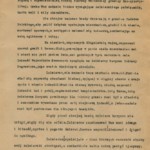

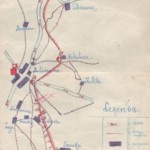
The KOP vocation
ESTABLISHING A BORDER PROTECTION CORPS
The decision to create the Border Protection Corps was taken on August 21-22, 1924 during a special meeting of the Council of Ministers. On September 12, the Ministry of Military Affairs issued an order to establish the KOP, and on September 17, an instruction prepared by the General Staff of the Polish Army specified the military structure of the formation.
The KOP was headed by the command based in Warsaw, which was subordinate to 6 brigades, which included infantry battalions and cavalry squadrons. The corps was subordinated to two ministries: the Ministry of Military Affairs – in terms of personnel, organization, operation and training, and the Ministry of the Interior – in terms of border protection, border security and budget. The first commander of the formation was Brig. Gen. Henryk Odrowąż-Minkiewicz, who held the position from September 1924 to May 1929. His successor was Brig. Gen. Stanisław Tessaro (May 1929 – October 1930). The longest-serving commander was Brig. Gen. Jan Kruszewski. He headed the KOP until August 31, 1939. As he took command of the “Prusy” Operational Group, he was replaced by Brig. Gen. Wilhelm Orlik-Rückemann.
The organization of the KOP was planned on the following stages: the first – from November 1, 1924, the second – until March 1, 1925, and the third – until March 11, 1926. In November 1924, the first units began to fill the eastern border. They started with the voivodships most at risk of border crime, i.e. Nowogródek, Wołyński and Tarnopol. In April 1925, troops were deployed in Polesie and in the Tarnopol Province, while the Lithuanian and Latvian border was protected by the KOP only from mid-March 1926.
According to the Border Service Instruction of 1928, the tasks of the KOP were to secure the border in every respect: political, military, tax and customs and public safety. The soldiers guarded the inviolability of border signs and devices, prevented the illegal transport and smuggling of goods across the border, combated smuggling and tax offenses, counteracted unauthorized border crossings, and cooperated with military authorities in the field of state defense. After the border protection was taken over by PEC units, the border protection system has changed. New methods of border surveillance and 30 km wide belt were developed (where KOP cooperated with the State Police). The soldiers were obliged to help the people of the borderland during natural disasters or attack by criminals. The service was performed by setting up observation posts, patrolling the border (on foot or on horseback) and organizing ambushes. There were control and protection posts at border crossings, and security and alarm posts at the watchtowers.
The soldiers directed to the eastern border were trained in general military terms, but did not know the specificity of the border service. For this reason, various types of courses were organized. The education was conducted by educational officers and non-commissioned officers. On the other hand, border training was based on consolidating military knowledge adapted to the realities of the borderland, improving shooting and tactical skills, as well as combat operations. Most of the time was devoted to military rather than border issues.
OUTLINE OF THE ORGANIZATIONAL STRUCTURE
In the years 1924-1929, the names of the KOP units consisted of the number and name of the staging point. In July 1929, the internal organization and dislocation changed in the formation. An additional six regimental commands and new battalions were created. All units of the KOP, from the watchtower to the brigade, adopted the names of places or geographical names of regions where the staffs were stationed (eg the KOP Brigade “Grodno”, the KOP Brigade “Vilnius”). Some of the units were reformed and several new ones were created. Subunits of sappers and artillery were introduced. Battalions and squadrons kept numbers with Arabic numerals and an additional name in quotation marks from the name of the town where they were stationed, for example, the 22nd Battalion of the KOP “Nowe Troki”. In 1931, further changes were made. The numbering was removed and only the names of the localities where the troops were stationed remained. In the second half of 1937, the KOP artillery units were established (including in Czortków, Kleck, and Osowiec). In December 1938, to protect the southern border with Romania, the organization of the KOP “Karpaty” Regiment was started. In January 1939, by order of the Inspector General of the Armed Forces from December 1938, the formations transferred to each other small sections of the border. The Border Guard took over the Suwałki region from the KOP, but gave the area between the Użocka Pass and the junction of the Polish-Romanian-Czechoslovak border. In March 1939, the “Karpaty” KOP Regiment also took under protection the Polish-Hungarian border established after the annexation of Czechoslovakia.
Formation of the Elite
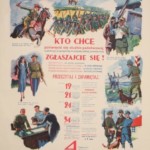
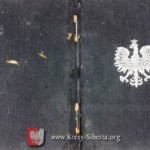
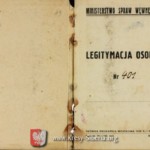




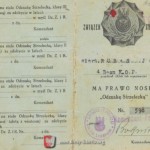
The Call to join
First of all, professional and non-commissioned officers and non-commissioned officers were recruited for service in the KOP after completing six-month training. Soldiers of good physical condition, impeccable opinion, Polish nationality, who could write and read were ideal candidates. These requirements were not always met and the PEC ranks sometimes included people of other nationalities and a certain percentage of the illiterate. Soldiers were transferred to the KOP on a full-time, business and economic basis, but in terms of records, they belonged to their parent units. The service of an officer in a border formation could not last longer than 3 years at a time. The battalions were supplemented on an ongoing basis and throughout the entire period of the KOP’s existence it had full full-time jobs. In the years 1928-1939, the number of people in the formation was between 26 and 27 thousand, including 900 officers.
In order to provide the corps with a loyal and well-trained staff, it was decided to send soldiers there after training in line units. Most of them were to come from the western territories of the Second Polish Republic. All soldiers of active service of German nationality were also sent to the KOP. This was to “immunize” the border formation against surveillance by Soviet and Ukrainian agents, and hinder contacts with local criminal structures. KOP units were to be full-time in peacetime, and in the event of war, they were to be directly transformed into units of the Polish Army.

